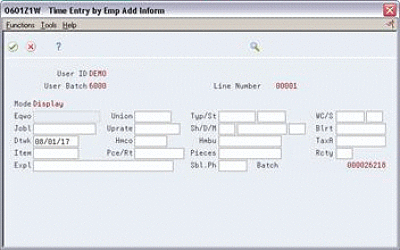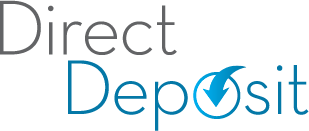Payroll Accounting involves all the aspects of paying compensation and benefits towards the employees. The outcomes of this procedure are the precise records regarding their expenses will have associated with all types of compensation, as well as timely payments to the employees. Though some systems that incorporate more or less automation may not include all of these steps, the flow of general process will apply to the most payroll systems.
Set up New Employees For Payroll Accounting:
Have new employees to fill out the payroll-specific information as a part of the hiring process, such as the W-4 (an Employee’s Withholding Allowance Certificate) form or medical insurance form that may require for payroll deductions. Set aside copies of these information in order to include it in the next payroll.
Collect Timecard Information:
Salaried employees require no change in wages paid for each payroll, but you must have to collect and summarize the information about hours worked by non-exempt employees. This may involve to having employees scan a badge through a computerized time clock.
Verify Timecard Information:
Summarize the payroll accounting information just collected and have supervisors verify that employees have correctly recorded their times.
Summarize Wages Due:
Multiply the number of hours worked by the pay rate for each employee, also factoring in any overtime or shift differentials.
Enter Employee Changes:
Employees may ask to have changes made to their paychecks, usually to the number of tax exemptions or pension withholdings. You may need to record much of this prior to calculating taxes, since it impacts the amount of wages to which taxes are applied.
Calculate Taxes:
Use IRS (Internal Revenue Services) tax tables to determine the amount of taxes to be withheld from employee’s gross wages.
Calculate Wage Deductions:
There may be a number of additional deductions to take away from employee’s net income, including deductions for medical insurance, life insurance, garnishments, and union dues. You must also track the goal amounts for these deductions, so that you have to stop deducting once the goal totals are reached.
Deduct Manual Payments:
If manual payments have already been made to employees, such as advances, then deduct these amounts from the remaining net pay.
Create a Payroll Register:
Summarize the wages and deduction information for each employee in a payroll register, which you can summarize to also create a journal entry to record the payroll. This document is automatically created by all payroll accounting software packages.
Print Paychecks:
Print the employee’s paychecks using the information in the payroll register. You can normally itemize the gross wages, deductions, and net pay in a remittance advice that accompanies the paychecks.
Pay by Direct Deposit:
Notify your direct deposit processors of the amount of any direct deposit payments, and issue the remittance advices to employees for these payments.
Issue Paychecks:
Have some paymaster issue paychecks to employees, requiring employee identification if there are a large number of employees.
-
Deposit Withheld Taxes:
Deposit all withheld payroll taxes and employer matched taxes at a bank that is authorized to handle these transactions.
Read More:-What is Payroll Management



